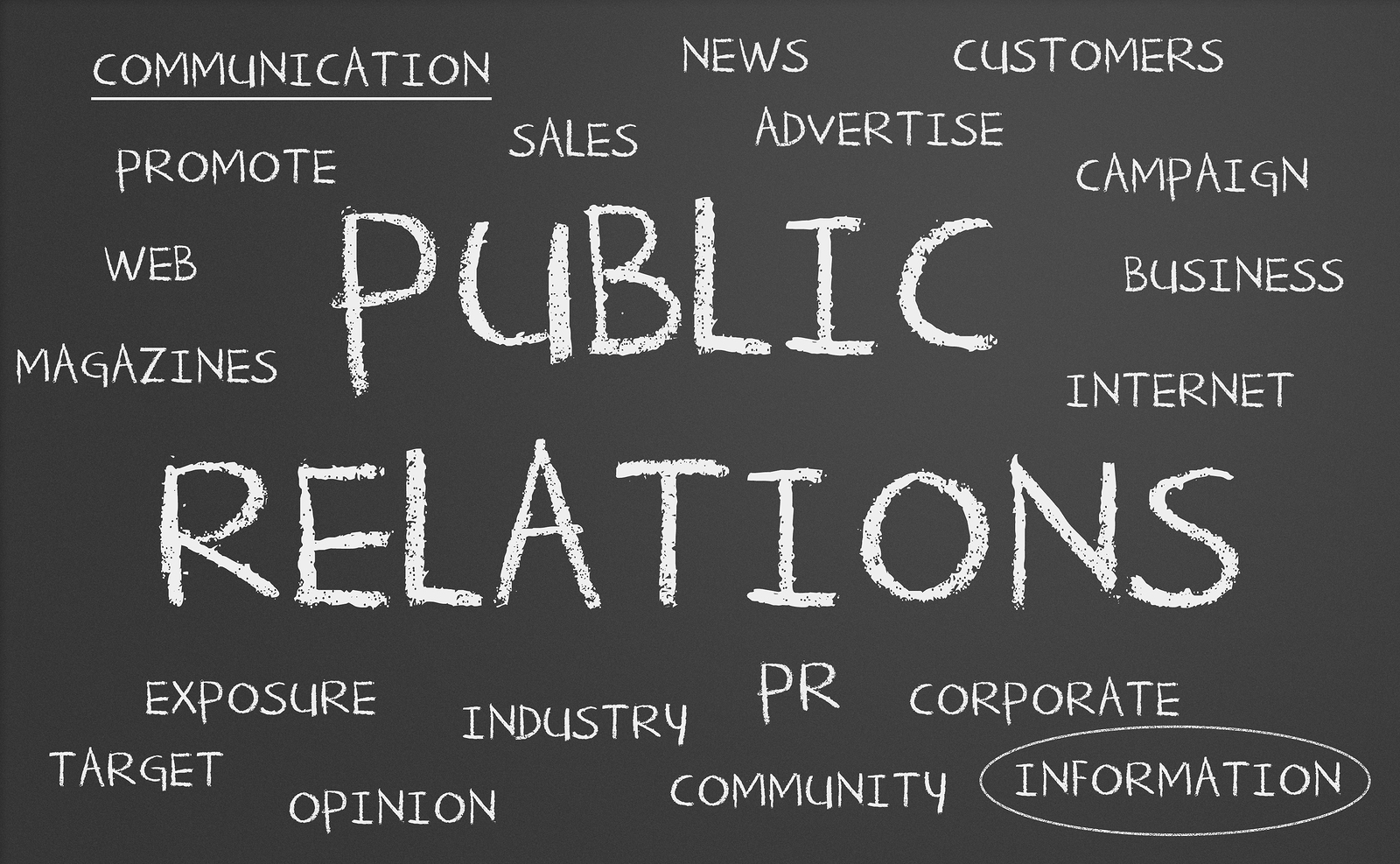 In my last article, I talked about how a press release is merely a tool to get coverage, and how much of PR involves getting media people interested in reading a press release. But you do want to make sure that the press release gets read and has everything it needs in it. Here are five essentials to be mindful of as you’re preparing a press release.
In my last article, I talked about how a press release is merely a tool to get coverage, and how much of PR involves getting media people interested in reading a press release. But you do want to make sure that the press release gets read and has everything it needs in it. Here are five essentials to be mindful of as you’re preparing a press release.
1. Include the most important details first.
If you’re familiar with journalism, you’ve heard of the five Ws – who, what, when, where, and why. While you don’t need to cram all five Ws into the first paragraph of a press release in this day and age, you should certainly be mindful of those five Ws as you prepare your first paragraph. If you’re writing about an event, you obviously want to include the when and where. And regardless of what kind of press release you’re writing, your lead should answer the question, “Why is this news?”
2. Include your contact info where it can easily be seen.
At the top of my press releases, even before the headline, I have the date of the release, my name, my phone number, and my email address neatly formatted. If you’ve got the attention of a media person, you don’t want to have that person hunt for your contact info. While emailing your release does make responding as easy as hitting the reply button, some media folks will still print out releases and once that printout gets into other people’s hands, the phone number you’ve included will come in handy.
3. Don’t make it too long.
You’re ultimately highlighting one piece of news, and a press release that is longer than 500 words (two double-spaced typed pages) is probably straying from the main point. It’s fine to include some background information, but there are ways that can be managed to keep the press release about your piece of news – some organizations place an “About (Organization’s Name)” subhead at the end of the release and insert a few essential sentences there. Also, since many releases are opened and read on a computer screen, feel free to link to pertinent websites and identify them as such.
4. Include a quote.
If you’re sending a press release to the rare media outlet that posts releases word-for-word, the quote helps the release better resemble an actual news story. But for most media, the quote in a press release isn’t there to be used verbatim – it’s there to give the media a sense of “This is how our spokesperson phrases things, and this is what you might expect if you were to talk to him or her yourself.” It’s also a way to convey speaking points as they’d be spoken; they’re particularly useful, going back to our 5 Ws, to answer the “why” questions.
5. Read it one last time before you send it out.
Proofing your release for spelling and grammar is a good idea, but the last read through before you send out the release should be from a journalist’s perspective. Ask the kinds of questions you would if you were receiving it rather than sending it. And, if you make adjustments based on what you’ve read, it doesn’t hurt to spell-check one last time to make sure it’s got the polish you want it to have.
 Phil West, Guest Contributor
Phil West, Guest Contributor
PR Professional